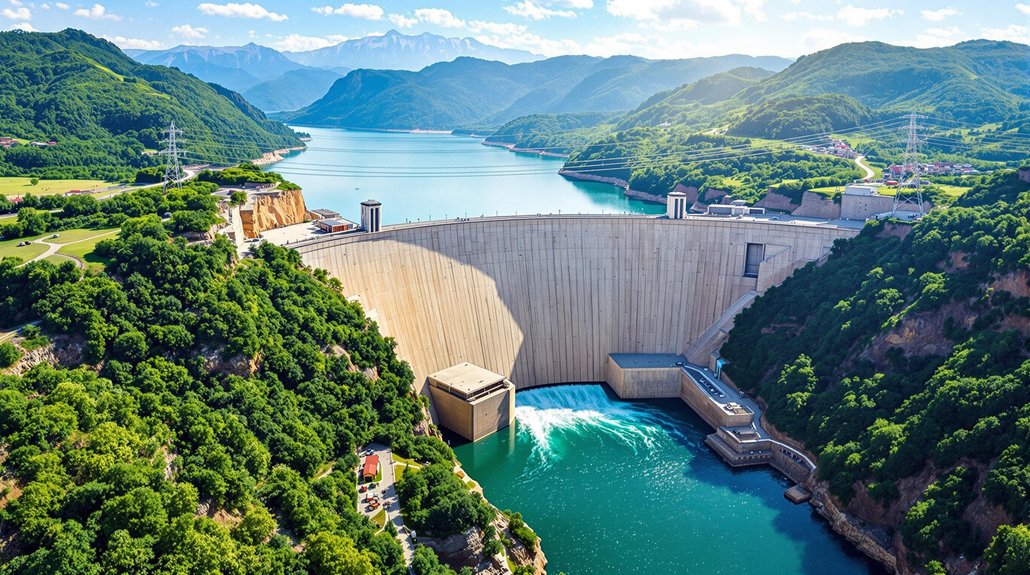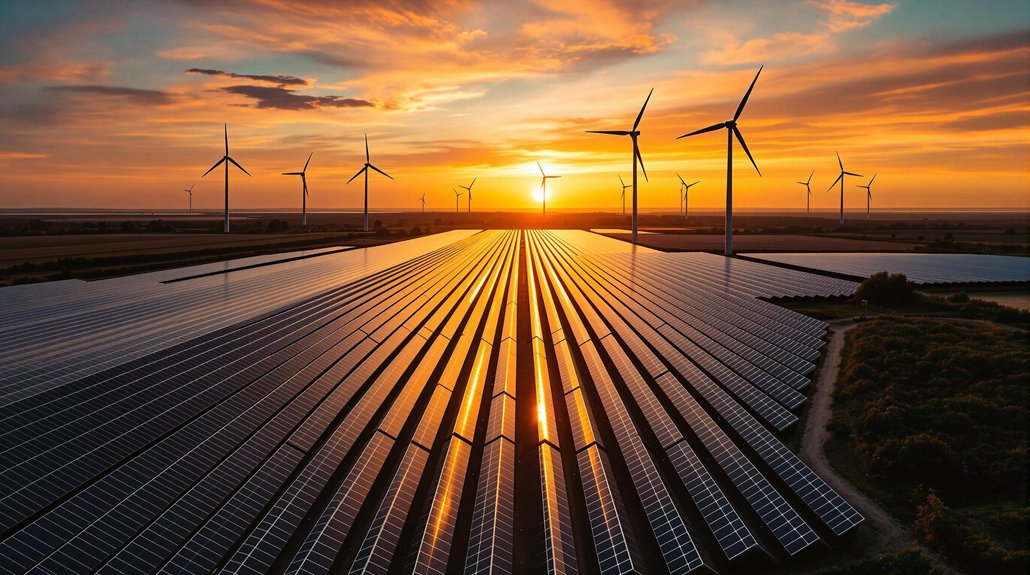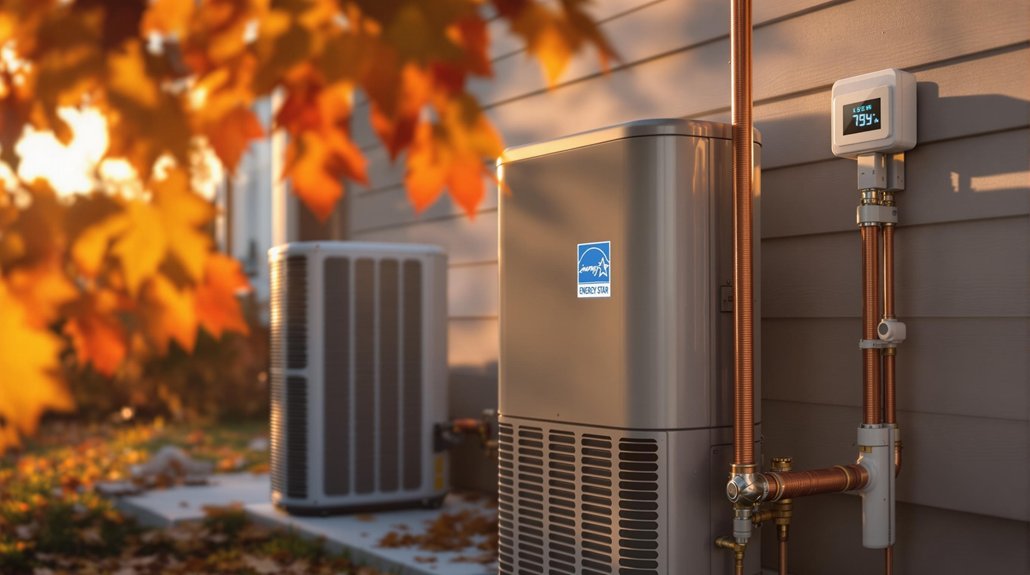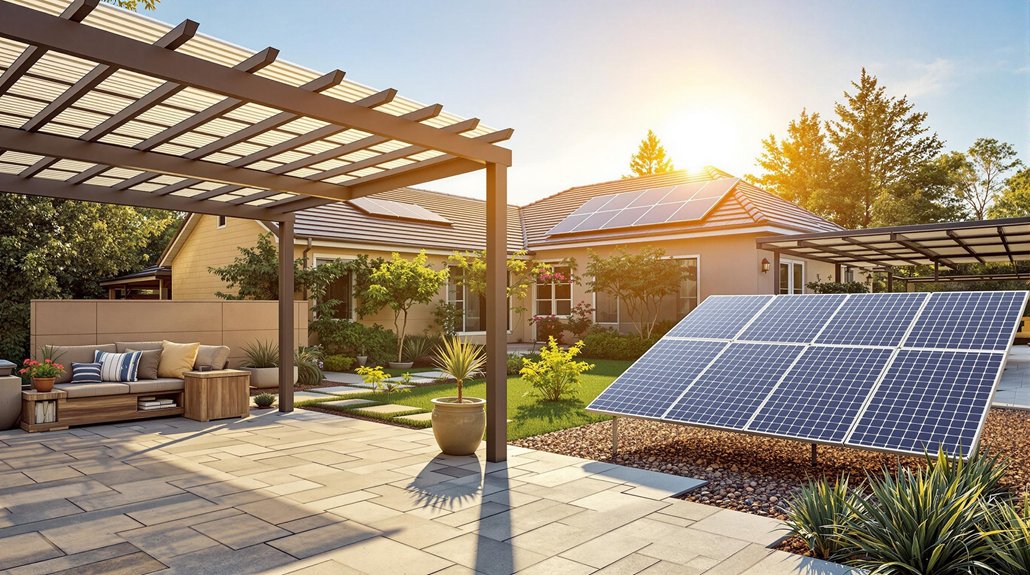Hydroelectric power delivers substantial benefits to society. It’s a renewable energy source that produces no emissions while generating electricity. These facilities operate at high efficiency for 50-100 years with minimal operating costs. Dams create reservoirs that control flooding, provide irrigation water, and offer recreational opportunities. The electricity generated is reliable, available 24/7, and helps stabilize the power grid. These advantages contribute to both environmental sustainability and economic development.
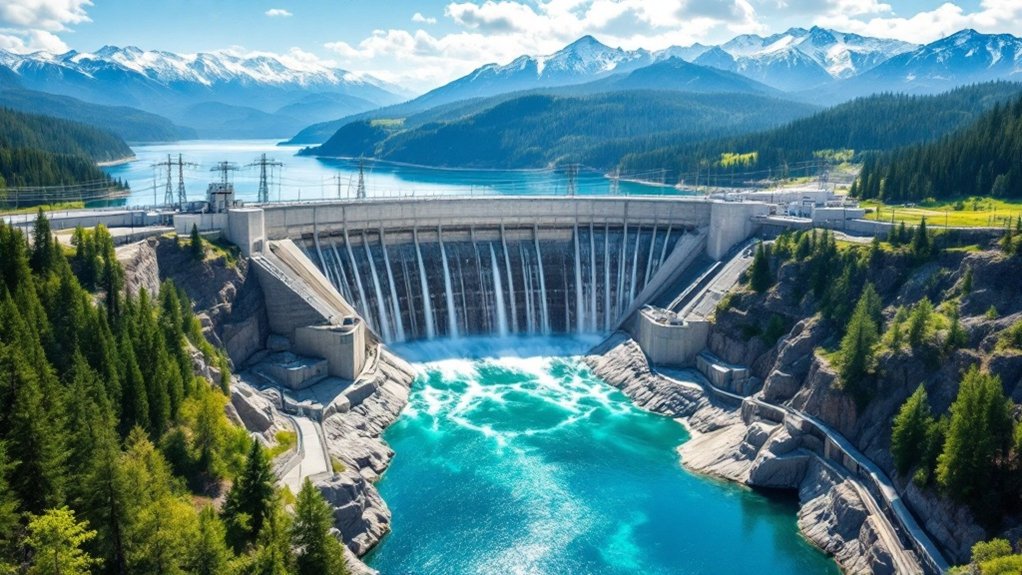
While many energy sources contribute to climate change, hydroelectric power stands out as a clean and renewable alternative. It relies on the water cycle, which is driven by the sun, to generate electricity without producing emissions or pollutants. This helps reduce dependence on fossil fuels and plays a key role in fighting climate change. As long as the water cycle continues, hydroelectric power remains a renewable resource for generations to come.
Hydroelectric facilities are remarkably cost-effective. They have low operating costs and can last between 50 to 100 years, making them excellent long-term investments. With an impressive 90% energy conversion efficiency, they provide consumers with affordable electricity that competes well with other energy sources in today’s market. As the largest renewable source, hydroelectric power generates approximately 15% of the world’s electricity, surpassing all other renewable energy sources combined.
The grid benefits greatly from hydroelectric power’s stability. Unlike some renewable sources, hydro can provide consistent electricity 24 hours a day, 7 days a week. It responds quickly to changes in electricity demand and helps balance intermittent sources like wind and solar. During blackouts, hydro plants offer “black start” capability, helping to restore power and enhance overall grid resilience.
Hydroelectric projects offer multiple water management advantages. The reservoirs created by dams help control floods, supply irrigation for farming, provide drinking water, and manage water flow during droughts. They also improve river navigation, benefiting transportation and commerce. Various types including run-of-river plants utilize the natural flow of rivers without requiring large reservoirs.
These projects boost socioeconomic development too. They create jobs in construction and operations, especially in rural areas. The reservoirs often become recreation spots for fishing and boating, bringing tourism dollars to local communities. Despite their benefits, building dams can cause displacement of communities when flooding areas for reservoirs. By reducing reliance on imported fuels, they contribute to national energy independence.
Flexibility is another key benefit. Pumped storage facilities can store excess energy and quickly adjust output to meet changing demand. This helps stabilize electricity prices and provides energy security during peak usage times.
While creating reservoirs for power generation, hydroelectric projects can create new habitats for aquatic species and help regulate downstream water temperatures and quality.
Frequently Asked Questions
How Much Does a Hydroelectric Power Plant Cost to Build?
Hydroelectric power plants vary widely in cost. Large facilities can reach billions of dollars, with average expenses around $4,000 per kilowatt of capacity.
A 100 MW plant typically costs $300-$600 million to build. Smaller 10 MW plants range from $20-$80 million.
Costs depend on site conditions, project size, and environmental requirements. Adding capacity to existing dams is cheapest, starting at $500 per kilowatt.
Can Hydroelectric Dams Be Removed After Their Useful Life Ends?
Hydroelectric dams can be removed after their useful life ends. Over 1,900 dams have been removed in the U.S. since 1912.
The process typically takes 2-5 years and costs between $10,000 to millions of dollars. Removal often restores natural river ecosystems, improves water quality, and allows fish migration.
It’s frequently cheaper than repairing aging dams. Sediment management remains a key challenge, but engineering solutions exist for most scenarios.
What Skills Are Needed to Work in Hydroelectric Power Generation?
Working in hydroelectric power requires a mix of technical and people skills. Engineers need knowledge of mechanical systems, electricity, and fluid dynamics.
Operations staff must understand control systems and safety protocols. All workers should know dam regulations and environmental rules.
Problem-solving, teamwork, and careful attention to detail are essential. Computer skills for monitoring systems and data analysis are increasingly important in the field.
How Does Hydroelectricity Compare With Nuclear Energy in Safety?
Hydroelectricity and nuclear energy both have strong safety records compared to fossil fuels.
Hydropower has a slightly lower death rate at 0.04 deaths per TWh versus nuclear’s 0.07 deaths per TWh.
While hydropower accidents are extremely rare, they can be devastating, as seen in the 1975 Banqiao Dam failure that killed 171,000 people.
Nuclear accidents like Chernobyl and Fukushima happen very rarely but can cause long-term radiation concerns.
Can Small Businesses or Communities Build Their Own Hydroelectric Systems?
Yes, small businesses and communities can build their own small-scale hydropower systems.
These micro-hydro installations generate up to 100 kilowatts and work well in locations with flowing water and elevation changes. Costs typically range from $1,000-$20,000 per kilowatt installed.
Projects require proper permits, water rights, and sometimes environmental assessments. Many localities offer grants and incentives for renewable energy, making these projects more affordable while creating local jobs.
